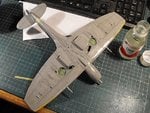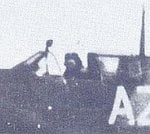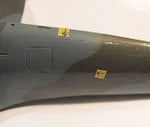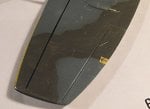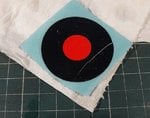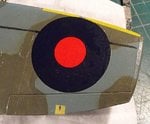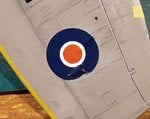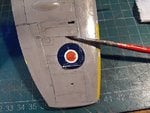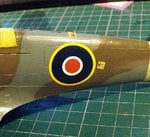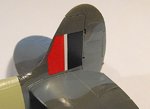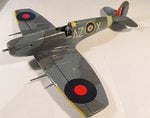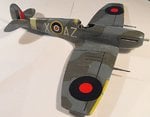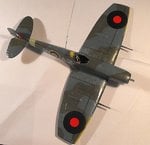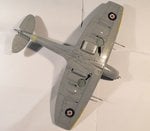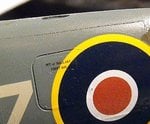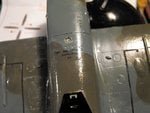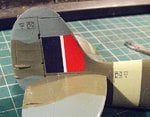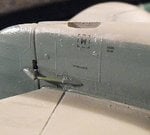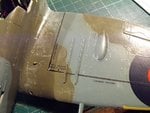- Thread starter
- #221
Airframes
Benevolens Magister
Thanks Wayne and Karl.
Yep, the bite was giving me a bit of stick last night, so I mentioned it to the nurse this morning, and she got a Doctor over to have a look at it.
She reckoned it probably was a spider bite, and wasn't healing properly due to the effects of the first infusion of the new meds, which, because they're 'fighting' the 'B' cells in the immune system, slow down the healing process. So, rather than risk the infection spreading, possibly causing an ulcer and ultimately eating into the bone, I have a ten-day course of anti-biotics, then go back in two weeks, at the end of the course, for the second infusion.
Apart from that, everything else is as it should be, with a great improvement overall, so the first infusion is working.
Yep, the bite was giving me a bit of stick last night, so I mentioned it to the nurse this morning, and she got a Doctor over to have a look at it.
She reckoned it probably was a spider bite, and wasn't healing properly due to the effects of the first infusion of the new meds, which, because they're 'fighting' the 'B' cells in the immune system, slow down the healing process. So, rather than risk the infection spreading, possibly causing an ulcer and ultimately eating into the bone, I have a ten-day course of anti-biotics, then go back in two weeks, at the end of the course, for the second infusion.
Apart from that, everything else is as it should be, with a great improvement overall, so the first infusion is working.

